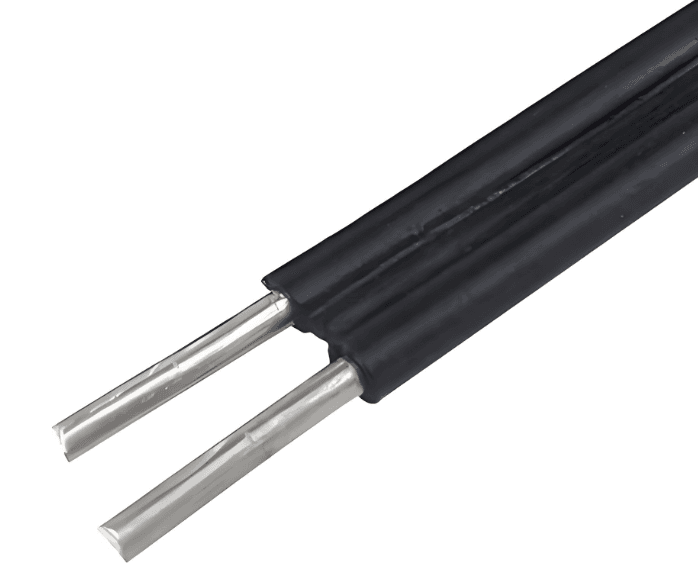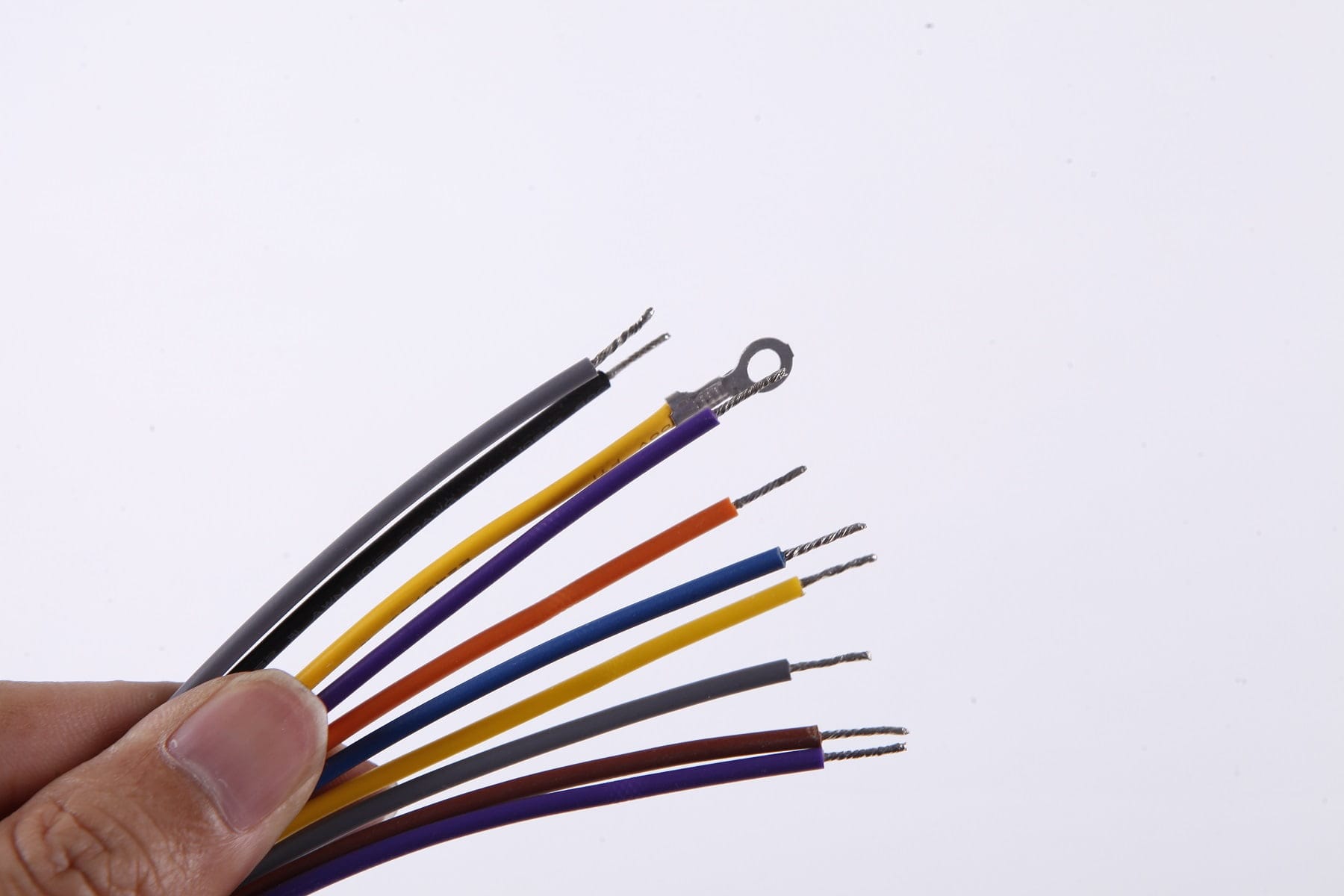Teflon PTFE PFA flat ribbon zip wire and cable

The Power of Teflon: A Deep Dive into PTFE and PFA Ribbon Zip Wires and Cables In the realm of modern electrical engineering, Teflon has emerged as a transformative material, fundamentally altering our understanding and usage of wires and cables. Polytetrafluoroethylene (PTFE) and Perfluoroalkoxy (PFA), the scientific names for these advanced polymers, have set new benchmarks in terms of performance and reliability. With their extraordinary heat resistance, chemical stability, and electrical insulation properties, PTFE and PFA ribbon zip wires and cables are indispensable in high-performance environments. As the demand for superior electrical components continues to surge, delving into the complexities of Teflon-based cables unveils how these materials are more than just conduits; they are crucial to ensuring safety, efficiency, and longevity in a myriad of applications ranging from consumer electronics to critical industrial systems. Understanding the profound impact of PTFE and PFA on the electrical industry requires a comprehensive exploration of their unique properties, the production processes involved, the reasons behind their distinct features, and their extensive range of applications. This in-depth analysis will illuminate how these materials have revolutionized electrical wiring and cabling, providing the backbone for technological advancements across numerous sectors. The Unique Properties of PTFE and PFA PTFE and PFA possess a set of remarkable properties that make them stand out in the world of polymers. One of the most notable characteristics of PTFE is its exceptional thermal resistance. Capable of withstanding temperatures up to 260°C (500°F), PTFE does not degrade or lose its mechanical properties under extreme heat. This makes it an ideal material for applications where high temperatures are a constant concern. Similarly, PFA shares this thermal resilience but offers slightly better mechanical strength and flexibility, making it suitable for dynamic environments where cables need to endure both heat and motion. Another critical property...
اقرأ المزيد "الأسلاك والكابلات البلاستيكية، الأنواع، الاستخدامات، التصنيع، الشراء، دليل

الأسلاك والكابلات البلاستيكية وأنواعها واستخداماتها وتصنيعها وشرائها ودليل الشراء الأسلاك والكابلات البلاستيكية ليست بالضرورة مصطلحات قد تسمعها كل يوم، ولكنها عناصر حيوية في تركيب مجموعات الكابلات وغيرها من المنتجات المصنعة. إن الكتلة المعتادة من الكابلات التي يتعين على المصنعين ومصممي النماذج الأولية التعامل معها هي أحد الأسباب الرئيسية التي تجعلنا نوفر تجميعات كبلات أنيقة وفعالة وفعالة في جميع أنحاء العالم! ولكننا سنقدم هنا بعض الأفكار والمعلومات حول ماهية الأسلاك والكابلات البلاستيكية وأنواعها المختلفة واستخداماتها. بالإضافة إلى المزيد. ولكن أولاً، إليك ملخص سريع لك، ثم سنتعمق في المزيد من التفاصيل. ما هي أسلاك وكابلات PVC؟ أسلاك وكابلات PVC هي عبارة عن مادة بلاستيكية حرارية تسمى كلوريد البولي فينيل كلورايد ويشار إليها أيضًا باسم PVC لعزل الأسلاك أو سترات الكابلات. تُستخدم الأسلاك والكابلات البلاستيكية على نطاق واسع نظراً لخصائصها الممتازة مثل المقاومة الكيميائية والحرارة والماء والمتانة والمتانة وتعدد الاستخدامات. إن الخاصية الوحيدة في الأسلاك والكابلات البلاستيكية هي مادة العزل أو التغليف المستخدمة. أصبح PVC مادة شائعة الاستخدام للعديد من الأسلاك والكابلات في الآونة الأخيرة. ولهذا السبب، تتوفر الآن مجموعة متنوعة من أنواع الأسلاك والكابلات البلاستيكية في السوق لتناسب احتياجات العملاء. دعونا نلقي نظرة عليها بالتفصيل. الأسلاك البلاستيكية مع النحاس القصدير أنواع الأسلاك والكابلات البلاستيكية فيما يلي بعض الأنواع الشائعة من الأسلاك والكابلات البلاستيكية المتوفرة لتناسب الاحتياجات المختلفة. أسلاك وكابلات الـ PVC الخاصة أسلاك وكابلات الـ PVC الخاصة كما تقول الكلمات تُظهر خصائص خاصة لعزل الأسلاك وأغراض تغليف الكابلات. يتميز ال PVC المستخدم في الأسلاك والكابلات البلاستيكية الخاصة بخصائص كهربائية وميكانيكية جيدة جداً مقارنةً بالأسلاك والكابلات البلاستيكية الأخرى...
اقرأ المزيد "